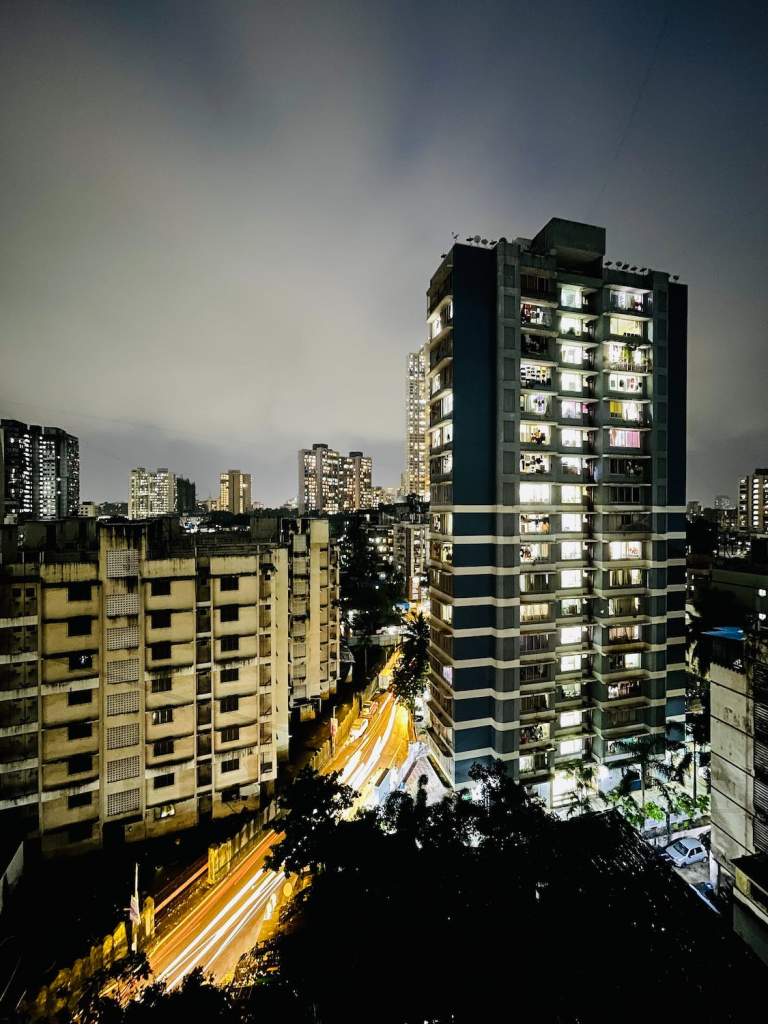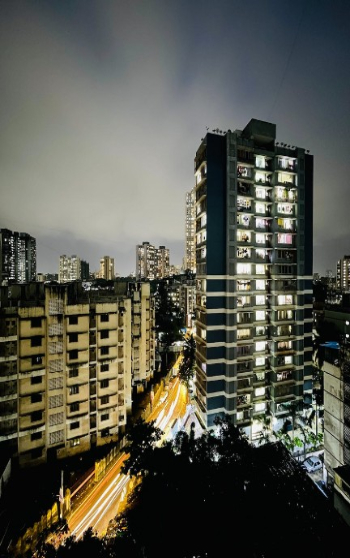Redevelopment has played a significant role in getting Mumbai to where it is now – it has helped modernize the city, helped create housing and employment opportunities for migrants, and lastly, helped the city make the most of what little land it has. The coastal city started off as 7 small connected islands and over time has expanded to include surrounding areas as well as reclaimed land. However, the fact that it was built on islands means that the city has a very limited amount of usable land. Limited land means limited residential and commercial spaces which is why redevelopment of old buildings has become essential to make way for better, larger homes and offices to accommodate more people.

Mumbai’s Industrial History
Mumbai’s first major industrial activity was the establishment of cotton processing and textile mills in the late 19th century. By the early 20th century the city was a booming industrial location that employed and attracted migrants from all over the country. This was also when most of the city’s development took place – the establishment of educational institutions, government offices and housing societies. During this time most societies that were built, were made by companies to house their workers who worked in their mills and factories. However, by the end of the 20th century – in the 1980s, the rise of other industries led to a decline of these mills and several had been shut down.
The Start of Redevelopment
Redevelopment in Mumbai started at the tail end of the 20th century with projects that sought to convert these mills into commercial and residential properties. This mill land was redeveloped to be turned into a mix of public housing as well as private land for commercial development. In the beginning not a lot of people engaged in such projects because there wasn’t a lot of information about incentives and rules available to developers. By 1999 however, there was increased interest as developers were told they would be able to build additional flats that they could then sell at market rates.
Redevelopment in the 21st century
In the early 2000s redevelopment was more common and more projects were undertaken by smaller developers who would take up multiple such projects to make a profit. Towards the start of the 2010s, soaring property rates and a severe lack of land led to bigger developers stepping into the redevelopment sphere and taking on mammoth projects that often redeveloped multiple buildings together for large-scale projects. Currently, redevelopment is practised through three different models – developer led, self- redevelopment, and development manager led redevelopment. The last model has been gaining prominence lately. It allows residents to self-redevelop using the help of developers’ professional experience.

As the city has grown into its role as a commercial and cultural capital, it has consistently appealed to people with dreams which has led to a steady demand for housing. Today, there’s a host of options available for those looking to redevelop their homes. It is easier now, more than ever, to find a way for your building to be transformed into its best version.

One thought on “A Brief History of Redevelopment in Mumbai”
Mumbai has grown into its role as a commercial and cultural capital.